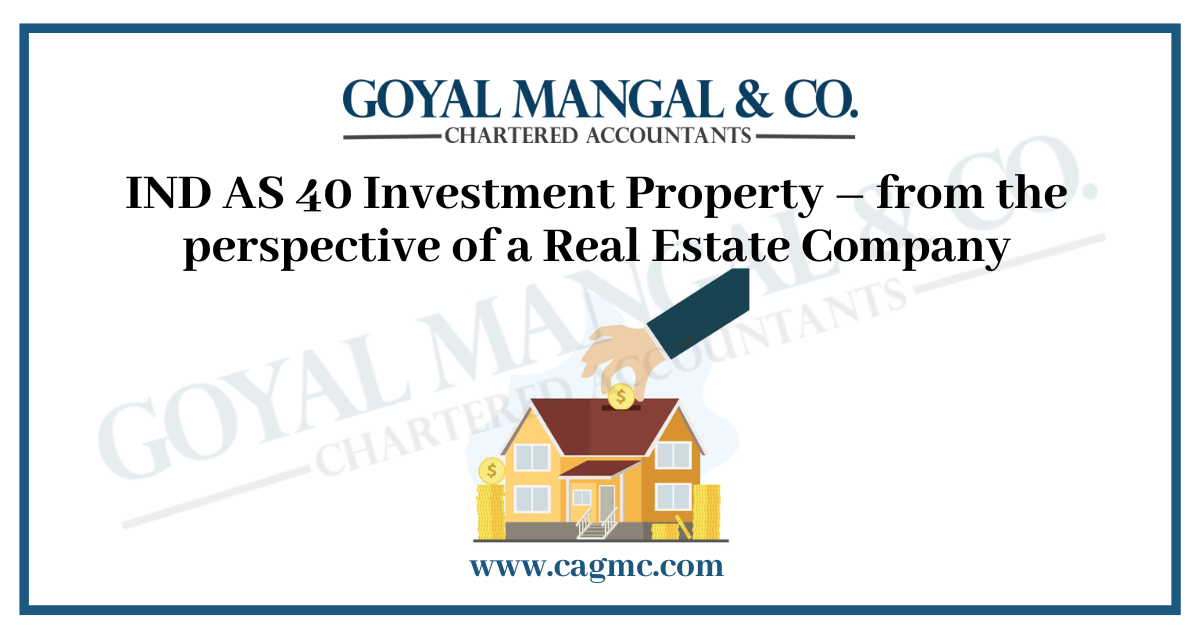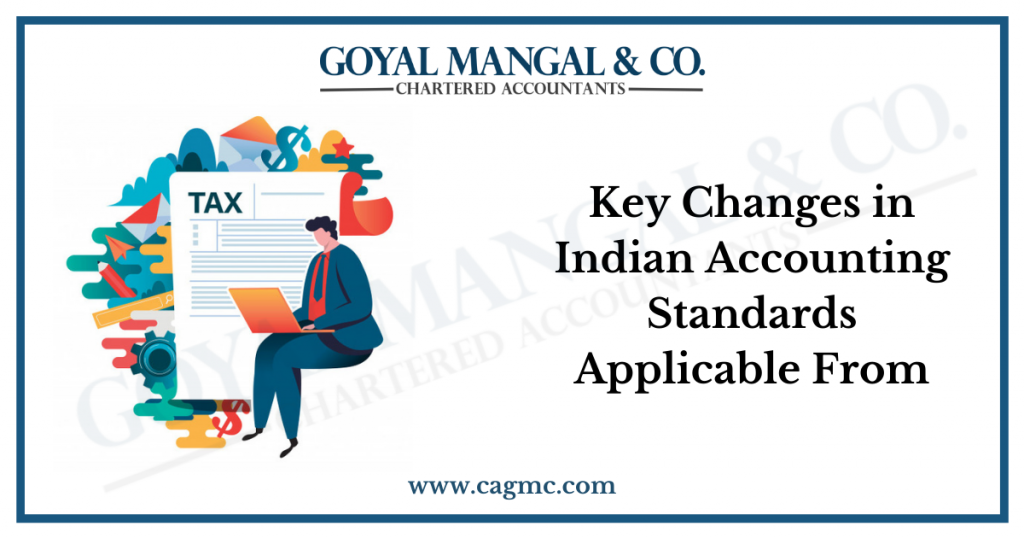

Investment property is property that has been purchased with the intention of obtaining a return on the investment (purchase) either through rental (income), future resale of the property, or both. Investing in real estate is like any other investment; the goal is to generate a profit.
The way a property is used has a significant impact on its value. Investors sometimes conduct studies to determine the best and most profitable use of a property. This is often referred to as its highest and best use. This article focuses on IND AS 40 Investment Property – from perspective of Real Estate Company.
|
Table of content |
What is investment property?
An investment property is a property that has been purchased for the purpose of obtaining income, either from rental or for the purpose of reselling the property that has been purchased. In the Indian Accounting Standard, there is a prescribed standard for the accounting treatment of real estate investments, i.e., IND-AS 40. The main objective of this standard is to maintain a common accounting treatment and this standard deals with the recognition, valuation, and disclosure of real estate investments.
Scope of IND AS 40: Investment property?
The standard applies to the valuation of investments in real estate held under finance leases in the financial statements of the lessee and to the valuation of investments in real estate leased under operating leases in the financial statements of the lessor.
However, this standard does not apply to:
- Matter covered in IND AS-17, Leases.
- Biological assets related to agricultural activities (IND AS-41) or,
- Rights to mineral resources and mineral reserves such as oil, natural gas and similar non-renewable resources.
Examples of IND AS 40 investment property
Below are some examples of real estate investments:
- Land that is held for long-term capital appreciation rather than short-term sale in the ordinary course of business.
- Land that is held for currently undetermined future use. (Unless the entity has determined that it will use the land as owner-occupied property or for short-term sale in the ordinary course of business, the land is considered land and may be held for capital appreciation.)
- A building that is owned by the entity (or a right-of-use asset relating to any building held by the entity. Leased under one or more operating leases).
- A vacant building that is held and may be leased under one or more operating leases.
- Property that has been built or developed for future use as an investment property.
Recognition of IND AS 40 investment property
An entity should account for an investment property as an asset only if two conditions are met:
- It is most likely that future economic benefits associated with the asset will flow to the accounting entity;
- The acquisition price of the asset can be reliably measured.
Measurement after recognition
An entity shall also measure, subsequently, after initial recognition, all its investment property at cost.
This standard requires all entities to measure the fair value of investment property for the purpose of disclosure even though they are required to follow the cost model. An entity is encouraged, but not required, to measure the fair value of investment property on the basis of a valuation by an independent valuer who holds a recognized and relevant professional qualification and has recent experience in the location and category of the investment property being valued.
Transfer of IND AS 40 investment property
Transfers to or from investment property are made when and only when there is a change in use, which will be documented:
- Commencement of owner-occupation in order to convert an investment property to an owner-occupied property;
- Commencement of development for sale in order to convert an investment property to inventory
- Beginning operational leasing to another person in order to transition from inventory to real estate investment
- End of owner-occupation, for transfer from owner-occupied property to investment property;
Transfers between investment property, owner-occupied property and inventory do not change the carrying amount of the property being transferred and do not change the cost of that property for valuation or disclosure purposes.
Disclosure Requirements
- Classification criteria (to distinguish owner-occupied investment property, property held for sale in situations where classification is difficult).
- Methods and assumptions used to determine fair value.
- Extent of involvement of independent, professional and recently experienced appraisers in determining fair value
- Amounts included in profit or loss for:
- Rental income
- Direct operating income from leased properties
- Direct operating income from non-leased property
- Limitation or realisability or property or remittance of income/proceeds from disposal.
Conclusion
When an entity purchases investment property and an Indian accounting standard is applicable, it is required to adopt and disclose the accounting treatment as set out in IND-AS 40. The company may change the valuation model from the fair value to the cost model or vice versa, provided that the change requires the presentation of more reliable information about the company’s financial position, results and other events.


